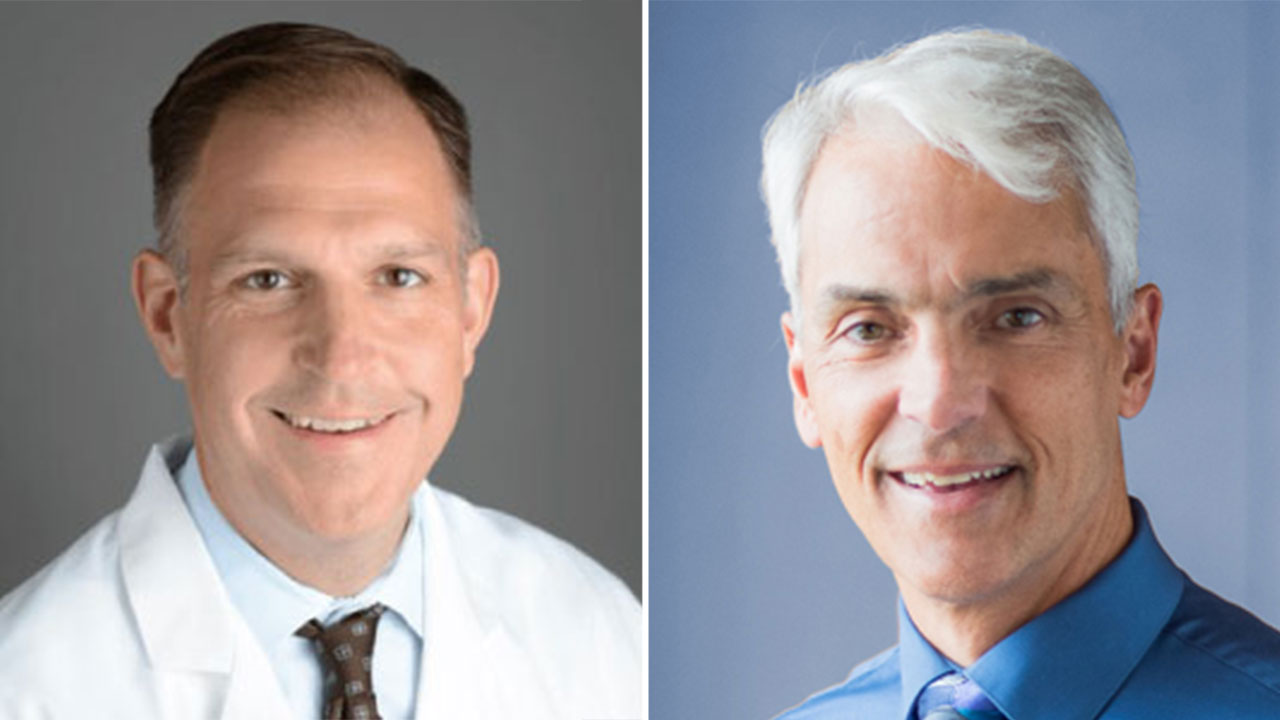
Peter M. Voorhees, MD, of the Levine Cancer Institute at Atrium Health, and Thomas Martin, MD, of the University of California, San Francisco, debate whether frontline treatment for fit patients with multiple myeloma should include an antibody.
This debate took place at a previous Society of Hematology Oncology Annual Meeting and has been updated by the speakers to reflect new information. The debate was edited for clarity and length.
In Favor of Frontline Antibody Treatment
By Dr. Voorhees
I’m going to focus on CD38 monoclonal antibodies, specifically daratumumab and isatuximab. These are both monoclonal antibodies that are directed against CD38, which is expressed on the cell surface of plasma cells, including the malignant plasma cells of multiple myeloma (MM).
We know that both antibodies work very well in the relapsed/refractory setting. Looking at these CD38 antibodies in combination with immunomodulatory drugs (IMiDs), we have three phase III trials: the POLLUX, APOLLO, and ICARIA trials in patients with relapsed/refractory MM. The POLLUX trial looked at lenalidomide plus dexamethasone (Rd) with or without daratumumab for patients who had received at least one prior line of therapy for MM. The ICARIA and APOLLO studies targeted more heavily pretreated, lenalidomide- and proteasome inhibitor (PI)-exposed patients, specifically looking at pomalidomide and dexamethasone with or without isatuximab and daratumumab, respectively. The rate of stringent complete response (sCR) and very good partial response or better is clearly improved with the antibody combination compared with standard of care (SOC). Similarly, when you look at minimal residual disease (MRD), there is a higher rate of MRD negativity with the CD38 antibody triplets compared with the control arms. This translates into an improvement in progression-free survival (PFS) in all studies.
Similarly, the CD38 antibodies have performed very well in the relapsed space in combination with PIs. The CASTOR trial looked at bortezomib and dexamethasone with or without daratumumab. We also have the CANDOR trial that looked at carfilzomib and dexamethasone with or without daratumumab, and more recently, the IKEMA study, which assessed carfilzomib and dexamethasone with or without isatuximab. When you look at sCR and MRD negativity, there is a clear improvement with the addition of the CD38 antibody. In all three studies, this translates into an improvement in PFS.
Let’s move to the newly diagnosed space. The phase III ALCYONE study looked at bortezomib, melphalan, and prednisone (VMP) with or without daratumumab in newly diagnosed, transplant-ineligible MM patients. Daratumumab was included in the induction portion of the experimental arm, and it was continued as maintenance after completion of 54 weeks of therapy. We saw better overall response with the addition of daratumumab into the VMP backbone; the rate of sCR was also better. This translated into a clear improvement in PFS and, with longer follow-up, overall survival (OS). A criticism of this study is that patients in the experimental arm continued daratumumab after induction therapy was completed. Although that may be true, the PFS curves start to diverge right from treatment start, suggesting that daratumumab was important, not just in the maintenance phase, but also during induction. We always worry about using our best guns early and what that might mean at the time of relapse, so one way you can look at this is with PFS in the second-line setting (PFS2). In this study, PFS2 was superior in the daratumumab arm compared with the VMP arm. That tells us that adding daratumumab in the frontline setting does not breed more difficult-to-treat disease with second-line therapy. Lastly, with longer follow-up, a statistically significant improvement in OS has emerged in the daratumumab arm. The extent to which daratumumab in induction versus maintenance contributed to the OS advantage cannot be assessed with this study design.
The MAIA study included newly diagnosed, transplant-ineligible MM patients who received Rd with or without daratumumab until disease progression. The study showed clear improvement, not only in overall response, but also a significant improvement in sCR. In addition, sustained MRD negativity was clearly superior in the daratumumab arm. Not surprisingly, this improved depth of response led to better PFS and, with longer follow-up, OS. MAIA clearly establishes a role for the use of CD38 antibody therapy in newly diagnosed, transplant-ineligible MM.
CASSIOPEIA was a phase III trial evaluating bortezomib, thalidomide, and dexamethasone (VTd) with or without daratumumab as part of induction therapy and consolidation after high-dose melphalan and autologous hematopoietic stem cell transplantation (AHSCT). There was a second randomization in this trial looking at daratumumab maintenance given once every eight weeks for up to two years or observation. sCR and MRD negativity were superior in the daratumumab arm compared with the control arm, and this improved depth of response translated into better PFS. GRIFFIN was a randomized, phase II study that evaluated the incorporation of daratumumab into the lenalidomide, bortezomib, and dexamethasone (RVd) backbone for transplant-eligible patients with MM. Daratumumab was given as part of induction, post-transplant consolidation and the first two years of maintenance therapy for those in the experimental arm. Not surprisingly, the addition of daratumumab improved the rates of sCR and MRD negativity. With longer follow-up, a strong trend toward an improvement in PFS is emerging, although this has not yet reached statistical significance. The PERSEUS study is a similarly designed phase III trial with PFS as the primary endpoint and will be better positioned to address differences in longitudinal outcomes with RVd plus CD38 antibody quadruplets. The phase III GMMG-HD7 study evaluated the incorporation of isatuximab into the RVd backbone for transplant-eligible patients with MM. Like GRIFFIN, this study demonstrated a significant increase in the sCR and MRD negativity rates with the isatuximab quadruplet. Longer follow-up will be required to determine whether this improved depth of response translates into better PFS and OS. CASSIOPEIA, GRIFFIN, and GMMG-HD7 thus establish CD38 antibody/IMiD/PI-based quadruplets as a new SOC for transplant-eligible patients with MM.
There has been debate whether the addition of a CD38 antibody is effective for patients with high-risk cytogenetics. The problem is that in any individual study, there are not many patients with high-risk cytogenetics, and it is very difficult to draw any statistically meaningful conclusions. However, a meta-analysis of the ALCYONE, MAIA, and CASSIOPEIA trials showed a statistically significant improvement in PFS for those who have high-risk cytogenetics.
To conclude, the addition of CD38 antibodies to SOC frontline therapy for patients with MM improves depth of response, which has translated into improved PFS in the transplant and non-transplant settings. Moreover, an OS advantage has emerged in the non-transplant setting. Longer follow-up will be required to see if an OS advantage will be achieved with CD38 antibody quadruplets in the transplant setting. Importantly, the addition of CD38 antibodies to SOC MM regimens has an acceptable safety profile, with additional toxicity largely restricted to increased neutropenia with IMiD-based therapy and an increased risk of respiratory tract infections. For transplant-eligible patients, stem cell collection is recommended after 12 to 16 weeks of induction therapy given a real but clinically insignificant impact on stem cell mobilization with IMiD/CD38 antibody combinations.
Anti-Antibody Treatment in the First-Line Setting
By Dr. Martin
I think everybody can agree that RVd is the standard induction therapy for most patients receiving frontline therapy for MM, and this was confirmed based on two recent studies. One is the SWOG-0777 study in which patients were randomized to receive eight cycles of RVd (21-day cycles) followed by Rd maintenance versus six cycles of Rd (28-day cycles) also followed by Rd maintenance-based therapy until progression. The study observed a PFS of 43 months in the RVd group versus 30 months in the Rd cohort. This study solidified the importance of triplet-based therapy, RVd (including an IMiD, PI, and steroid), as frontline SOC for newly diagnosed MM.
The other study is the ENDURANCE trial, which was a large phase III study comparing RVd versus carfilzomib, lenalidomide, and dexamethasone (KRd) as frontline therapy in newly diagnosed MM. To everyone’s surprise, the results showed that the two triplet regimens produced almost identical results. The two PFS curves were superimposable, and the median PFS with each triplet combination was about 34 months. Thus, based on these results, RVd remains the preferred initial triplet combination for patients with newly diagnosed MM. Both studies included fit patients as well as transplant-ineligible patients, or perhaps less-fit patients. Thus, for patients not intending to undergo transplant, RVd is a very reasonable induction therapy. Dr. Voorhees presented data on Rd plus daratumumab showing an impressive median PFS of about 60 months. However, there was a higher incidence of infection with the CD38 antibody-containing triplet, and subgroup analyses showed minimal benefit in those with high-risk disease. In unfit patients and those with no intent to undergo transplant, either RVd or Rd plus daratumumab is a reasonable choice for select patients.
But what about fit patients—meaning those newly diagnosed with MM who can tolerate induction, HSCT, consolidation, and maintenance therapy? Can we really use antibody therapy as a frontline therapy for everybody?
The answer, currently, is no, as there are logistical reasons, including variability in insurance coverage and lack of large randomized, phase III trials showing a benefit in PFS or OS in transplant-eligible newly diagnosed MM patients. Dr. Voorhees discussed the phase III CASSIOPEIA trial, which included fit patients receiving daratumumab plus VTd versus VTd (both arms included AHSCT), and the study did show a benefit to quadruplet therapy, but this study utilized a quadruplet-containing thalidomide instead of the more potent and less toxic IMiD lenalidomide, and patients were randomized to receive no maintenance versus single-agent daratumumab—an unconventional randomization strategy, as lenalidomide is considered standard maintenance after HSCT in the United States. Thus, more data on quadruplet regimens are needed.
The Intergroupe Francophone Du Myelome/Dana-Farber Cancer Institute (IFM/DFCI) 2009 trial randomized patients to receive RVd for five cycles plus AHSCT versus RVd for eight cycles with delayed AHSCT (at relapse), and both groups received lenalidomide maintenance for one year. The group receiving RVd plus AHSCT had an improved initial PFS (47.5 months), and at 18 months, more than 50% achieved MRD-negative status. At 89.4 months of follow-up, 38% of patients in the RVd plus AHSCT plus lenalidomide group had not received second-line therapy, and the median PFS2 had not been reached. These data clearly suggest that patients can do quite well with RVd plus AHSCT and lenalidomide maintenance without receiving frontline antibody therapy. The randomized IFM/DFCI trial tested a similar strategy of RVd plus HSCT versus RVd with delayed transplant, except patients will receive lenalidomide maintenance until progression. This study should read out soon, and many expect the PFS and MRD negativity rates to improve with prolonged lenalidomide maintenance.
The FORTE trial randomized patients to KRd for eight cycles plus AHSCT versus KRd for 12 cycles without transplant, and there was a second randomization to maintenance lenalidomide (ongoing) versus maintenance lenalidomide (ongoing) plus carfilzomib for two years. At 45 months of follow-up, >60% of patients in the KRd plus transplant arm remained progression-free, and 65% achieved sustained MRD-negative status. Patients randomized to KR maintenance were more likely to seroconvert to MRD-negative status. Again, do we really need to add an antibody to frontline therapy in everyone? Clearly, many fit newly diagnosed MM patients enjoy prolonged responses to a triplet/non-antibody regimen of a PI plus IMiD plus dexamethasone, and it may be more therapeutic to get AHSCT with continuous maintenance than just adding antibody-based therapy. Biomarkers are needed to help select patients who would most likely benefit from quadruplet or antibody-based induction therapy.
Another controversy is whether antibody therapy has its greatest impact during induction, consolidation, maintenance, or all components of frontline therapy. Dr. Voorhees presented data from the phase II GRIFFIN study in which newly diagnosed MM patients were randomized to receive daratumumab added to all components of induction versus standard RVd induction, AHSCT, two cycles of RVd consolidation, and then lenalidomide as maintenance. The study met its primary endpoint of higher sCR and secondary endpoint of higher MRD negativity rates in the arm receiving daratumumab throughout frontline therapy. Unfortunately, this study did not evaluate whether there is optimal timing to antibody therapy (induction, consolidation, or maintenance), so this remains undefined.
Because CD38 monoclonal antibody therapy is not approved with RVd or KRd as frontline treatment, many utilized the CD38 antibodies in early relapse. The combination of daratumumab with lenalidomide and dexamethasone in lenalidomide-sensitive patients has shown PFS rates upwards of 45 months and longer if Rd plus daratumumab is used as first salvage therapy. In addition, the combination of isatuximab, carfilzomib, and dexamethasone has recently shown an updated PFS of more than 35 months in the IKEMA study. Thus, it will be important to evaluate PFS1 and PFS2 in these studies. PFS1 may be shorter in frontline studies void of monoclonal antibody therapy; however, this may be offset by an improved PFS using monoclonal antibody therapy combinations as salvage therapy. I don’t think we have a clear winner based on randomized trials; thus, we are not ready to jump to frontline CD38 therapy for everyone.
Lastly, the jury is still out on the use of CD38 antibody therapy as part of frontline therapy in those with high-risk disease. If you look at all the daratumumab-based frontline studies, the hazard ratios for the patients who have high-risk disease cross the 1 boundary, suggesting that high-risk patients may not benefit from using antibody-based therapy.
The additional costs of using CD38 antibodies as part of frontline therapy also deserve mention. Estimated drug costs for one year of RVd versus RVd plus daratumumab are about $240,000 and $354,000, respectively. I ask Dr. Voorhees and everyone, is the price worth it?
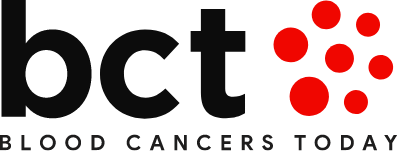
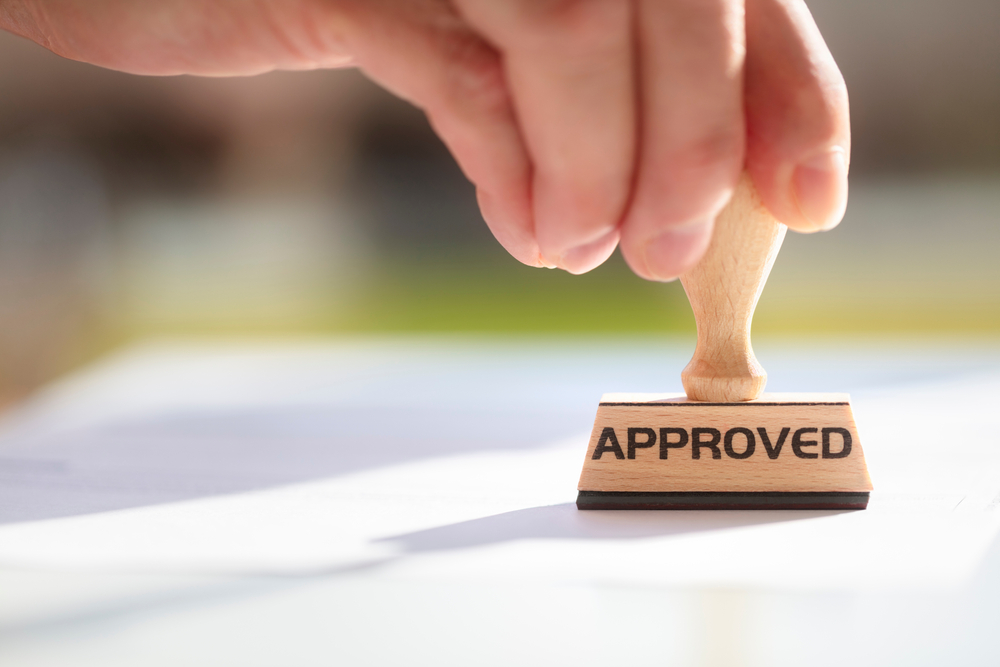
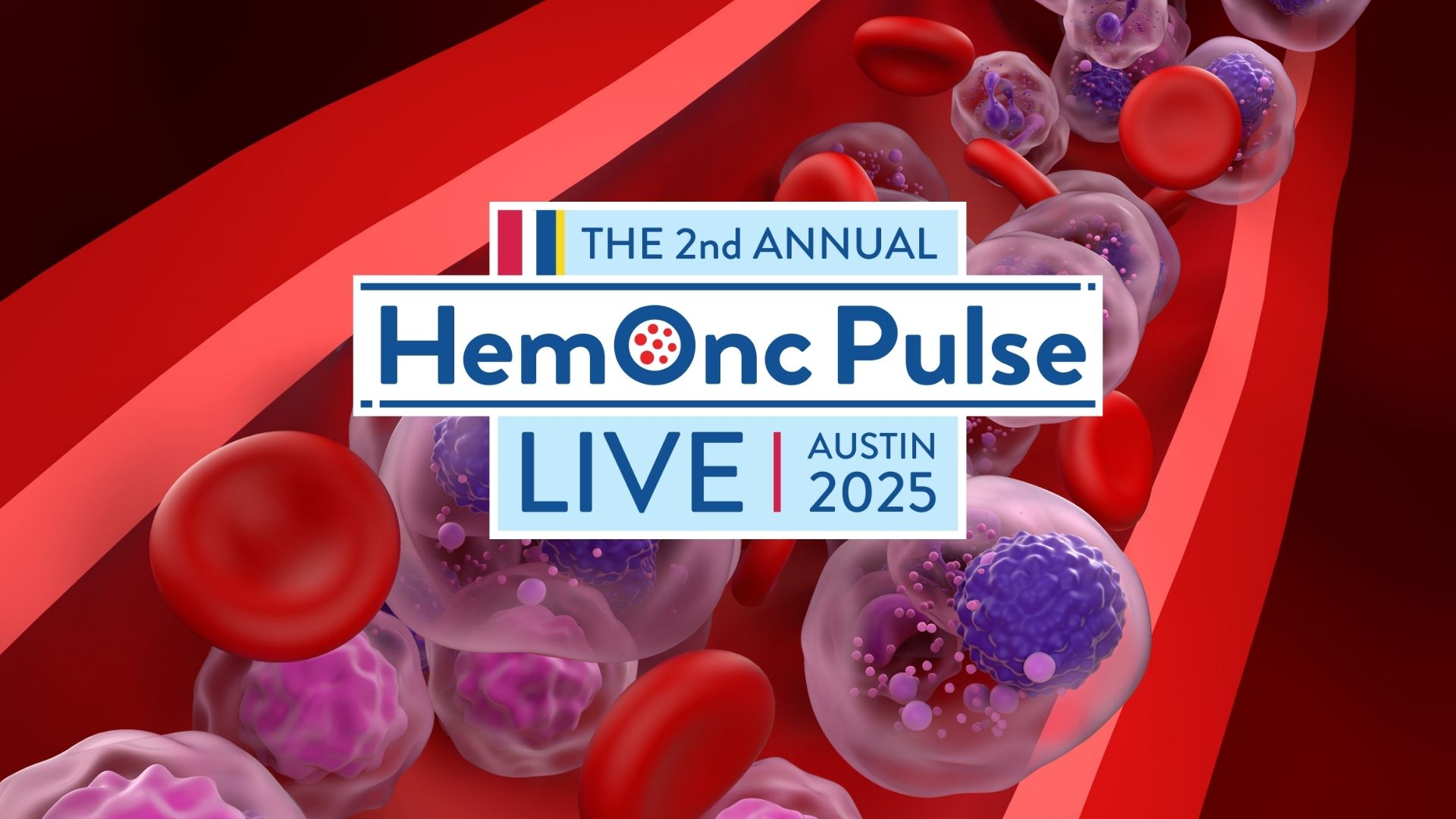


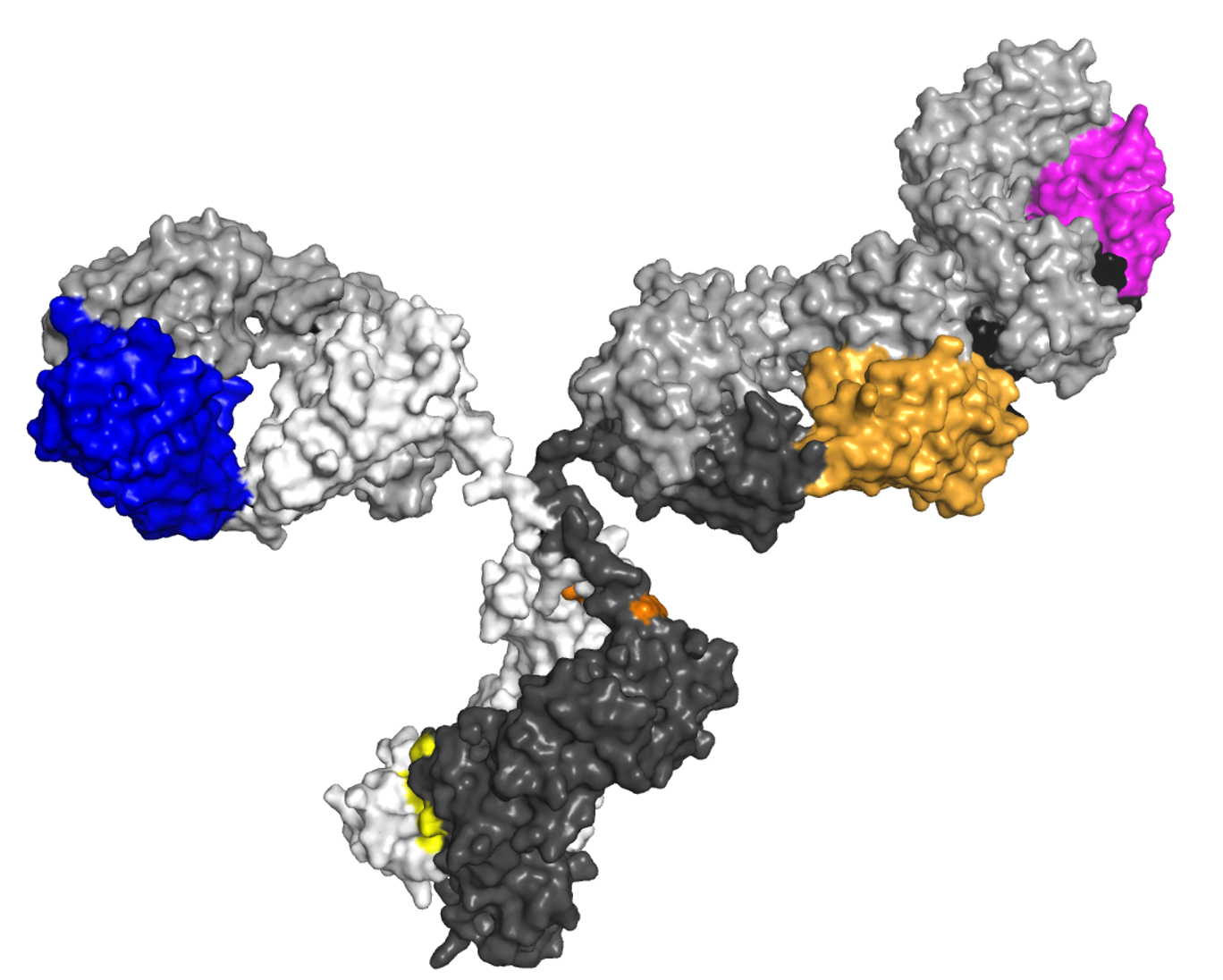
 © 2025 Mashup Media, LLC, a Formedics Property. All Rights Reserved.
© 2025 Mashup Media, LLC, a Formedics Property. All Rights Reserved.